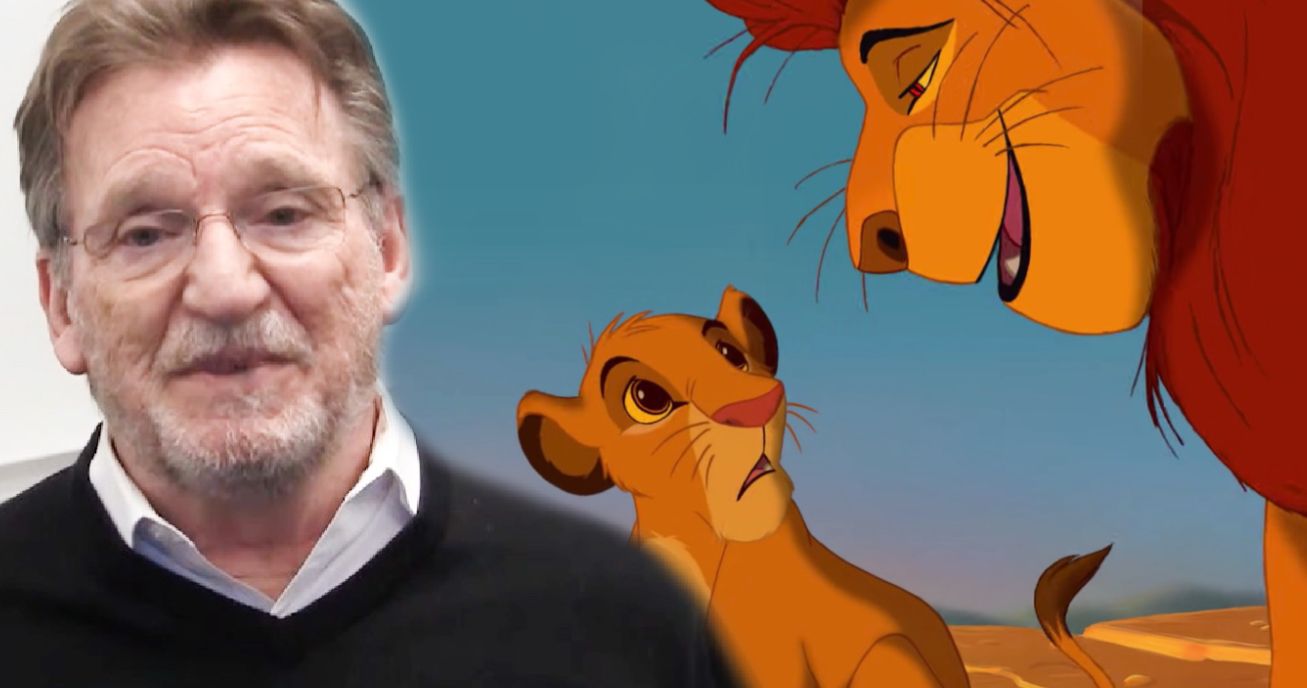Mrs. Potts, Mufasa, Quasimodo, and Kuzco. These are just a few characters that Disney animator Phillip Young helped bring to life. On June 2nd, Animation Magazine reported his death from cancer at 79. Young started out his career by enlisting in the U.S. Army, where he worked as an Army Artist, his first paid job for his work. With his earnings, Young invested in college and ended with an undergraduate degree in Illustration. This gave him the training he needed to start a career in animation.
Young began working for Walt Disney Animation Studios in 1977, studying under the the famous Nine Old Men such as Ward Kimball, Frank Thomas, Ollie Johnston, Eric Larson and Marc Davis. His first credited work for the studio was The Fox and the Hound. In an interview with FlipAnimation.com in 2013, he stated, "Frank and Ollie, along with Eric Larson, were on the review board at the time I was hired in 1977. They took a chance on me, as I was totally new to animation, and was thrown into the pool of young graduates from Cal Arts who had preceded me by about three months."
He continued on in his animation career, working through the 80's and 90's and earning seventeen screen credits, many of which you probably know. After The Fox and the Hound, Young would work on such films as The Black Cauldron, The Great Mouse Detective, and Oliver and Company. He also contributed to many of the films in what is now known as the beloved Disney Renaissance era. These films include The Little Mermaid, Beauty and the Beast (where he animated Mrs. Potts and Chip), Aladdin (where he animated several of the Sultan's guards). He then went onto contribute to Mufasa in The Lion King and Quasimodo in The Hunchback of Notre Dame. After this, he would work on Mulan, Tarzan, and the Rhapsody in Blue segment of Fantasia 2000.
In the early 2000's, Young's career began to pull back as Disney pulled focus from their 2D animation features. He would contribute to Disney's The Emperor's New Groove, bringing Kuzco in human and llama form to life. He would also work in other studios' projects such as Dreamwork's Sinbad: Legend of the Seven Seas and Warner Brothers' Looney Tunes: Back in Action. His final feature film contribution would be in Disney's Home on the Range, released in 2004.
As well as features, Young would contribute to short films such as Disney's The Prince and the Pauper, released in 1990. He also contributed to the short How to Haunt a House, released in 1999. As far as commercial work, Young freelanced for Duck Soup Productions. He also co-authored the textbook Exploring 3D Animation with Maya 6 with Patricia Beckmann.
After his retirement from Disney, Young went on to focus on teaching the next generation of artists. He was hired by the Savannah Georgia College of Art & Design as an animation professor. While teaching, he went on to earn a Master's degree in Sequential Art. His career took him next to Albuquerque, New Mexico, where he began teaching at the Southwest University of Visual Arts. He began teaching in animation as well as fine arts and illustration. It was here where he rekindled his love of painting. He especially grew fond of scenic paintings.
When asked about his favorite work in an interview with FlipAnimation.com in 2013. Young responded, "...my best character assignment was Mufasa on The Lion King. I was fortunate to have a really strong character to work on, with the best voice talent to animate to, and a great lead animator on the project in Tony Fucile. He was extremely generous with the scenes he gave me, and at last gave me scenes in which I could exercise some acting chops. Until this picture, I had been primarily cast on physical, action scenes. On Lion King, I got plenty of those as well, animating many shots of Mufasa's death struggle in the Wildebeest stampede, but also got some real "plums" in a sequence of Mufasa and little Simba in some father/son interactions."
Animation is a medium that continues to evolve and change rapidly. Phillip Young was one of those industry people that had witnessed it happening all throughout his career. From being trained by the masters that brought upon the Golden and Silver Ages of Disney, to contributing to the Dark and Renaissance Eras, to guiding future professionals in the industry; Young's work and contributions to the medium will never be forgotten. This news was first reported at art-presence.org.

